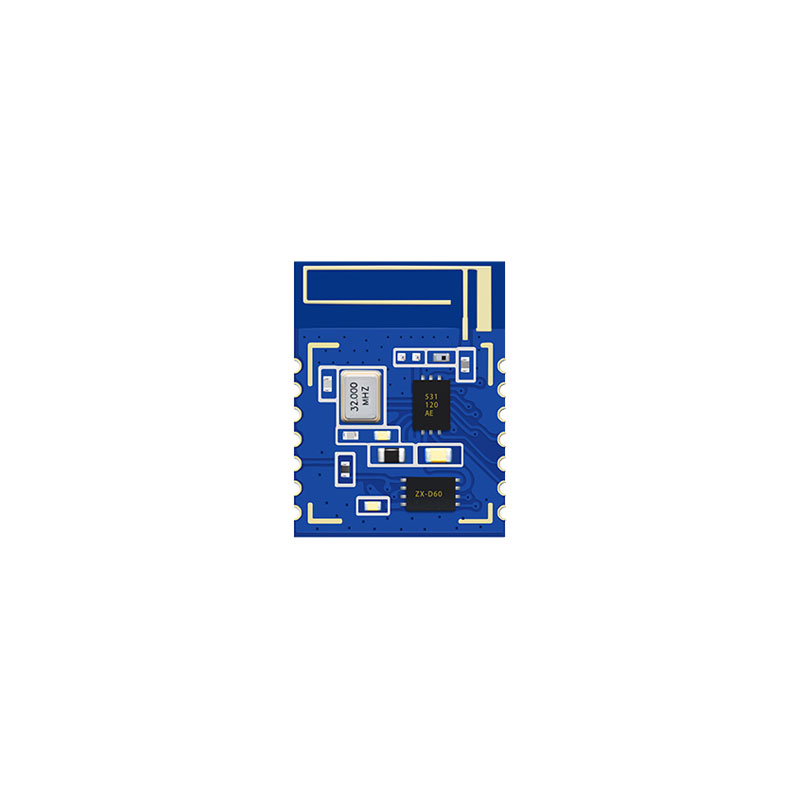
In the realm of wireless communication, Bluetooth modules have emerged as the Swiss Army knife of connectivity, enabling seamless interaction between devices over short distances. These compact devices have become indispensable in a variety of applications, from consumer electronics to industrial automation. Bluetooth modules are the silent workhorses that power the wireless capabilities of our modern world .
The Evolution of Bluetooth Modules
Bluetooth modules have come a long way since the introduction of Bluetooth technology. They have evolved from simple wireless communication devices to sophisticated components that support advanced features such as data transfer, voice transmission, and device networking. The progression of Bluetooth standards, from the early versions to the current Bluetooth 5.0 and beyond, has significantly enhanced the capabilities of these modules, offering increased range, speed, and efficiency .
Types of Bluetooth Modules
Bluetooth modules can be classified into two main types: Classic and Low Energy (BLE). Classic Bluetooth modules are designed for continuous data streaming applications such as wireless headphones and speakers. On the other hand, BLE modules, introduced with Bluetooth 4.0, are ideal for applications that require periodic, short bursts of data over long ranges, making them perfect for battery-operated devices like fitness trackers and smart home devices .
Applications of Bluetooth Modules
The applications of Bluetooth modules are as diverse as the devices they connect. In the consumer electronics sector, they are used in wireless headphones, speakers, and gaming controllers. In the automotive industry, Bluetooth modules facilitate hands-free calling and music streaming. In the healthcare sector, they are integral to medical devices like heart rate monitors and glucose meters. Furthermore, in the realm of the Internet of Things (IoT), Bluetooth modules enable smart home devices, industrial automation, and asset tracking solutions .
Key Features of Bluetooth Modules
Several features distinguish Bluetooth modules in the market. These include their range, which typically allows for connections up to 100 meters; their low power consumption, which is crucial for battery-operated devices; and their ability to pair and maintain secure connections. The latest Bluetooth modules also support advanced features like mesh networking, which enables the creation of large-scale device networks .
Challenges and Considerations
Despite their widespread use, Bluetooth modules face challenges such as signal interference, the need for continuous power, and the security of data transmission. As the number of connected devices increases, so does the potential for interference. Ensuring the reliability and security of Bluetooth connections is paramount, particularly as these modules become more integrated into critical applications .
The Future of Bluetooth Modules
The future of Bluetooth modules is closely tied to the evolution of wireless technology and the growing demand for IoT solutions. With the advent of Bluetooth 5.0, we have seen significant improvements in speed, range, and data broadcasting capacity. As technology progresses, Bluetooth modules are expected to become even more powerful, efficient, and secure, further expanding their role in our increasingly connected world .
Conclusion
Bluetooth modules are the unsung heroes of wireless communication, quietly enabling the seamless connectivity that we have come to rely on. As technology continues to advance, the capabilities and applications of Bluetooth modules will continue to expand, ensuring that they remain at the forefront of innovation in the wireless communication landscape. As we move towards a more interconnected future, the role of Bluetooth modules is set to become even more pivotal, ensuring that our devices remain as connected and intelligent as we need them to be.



